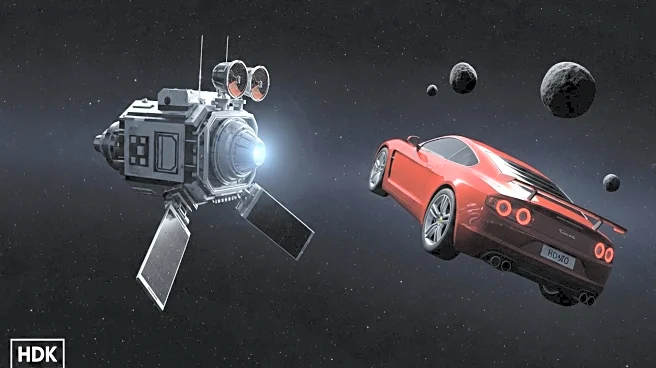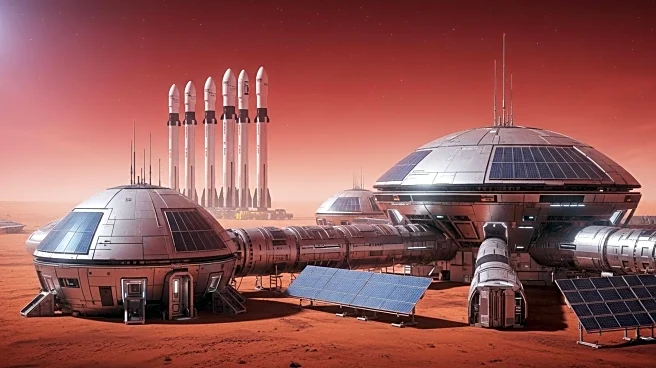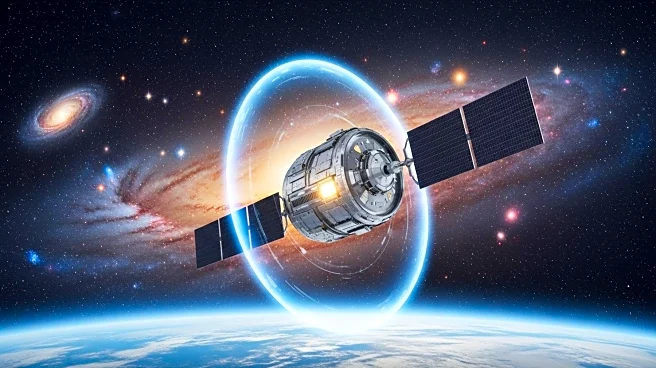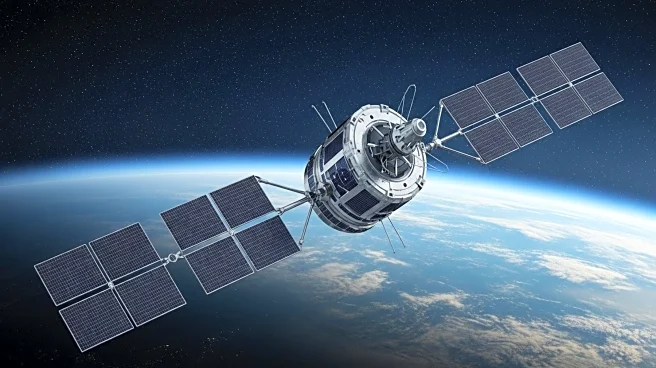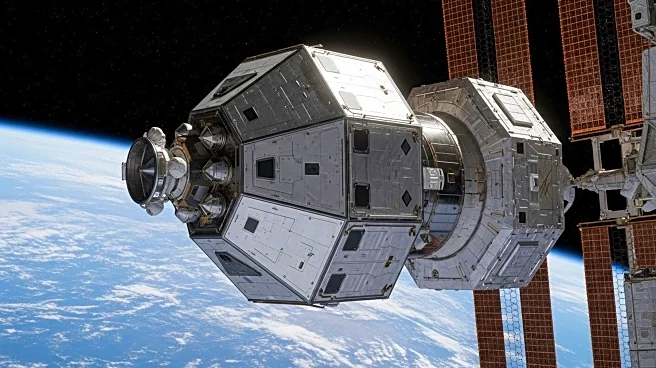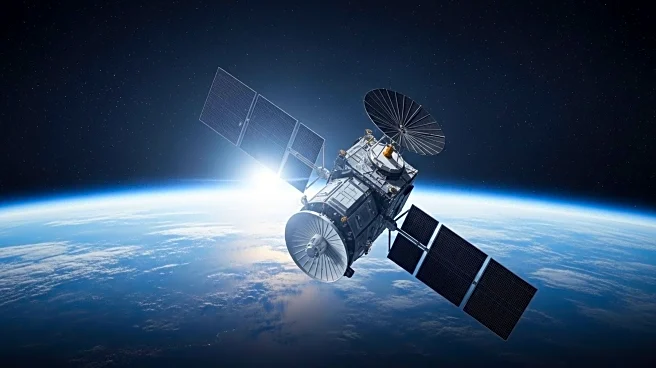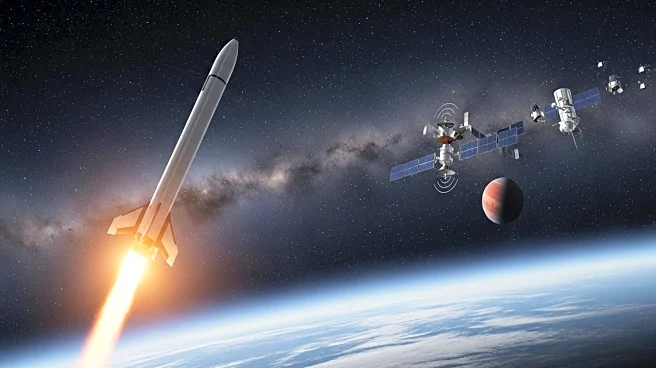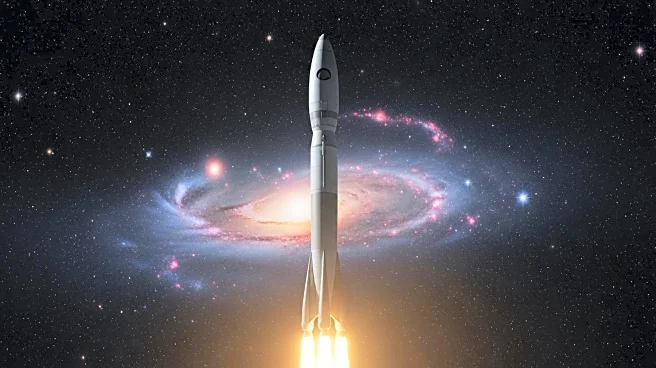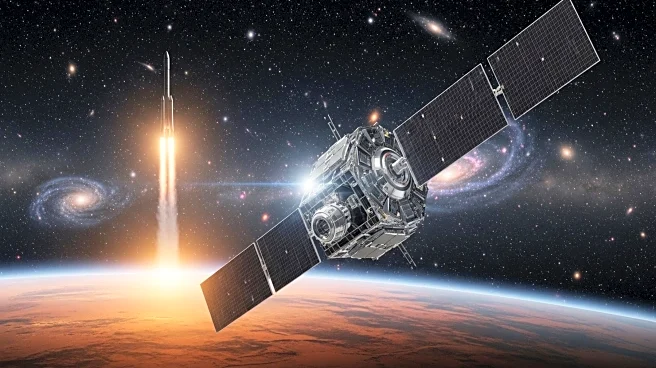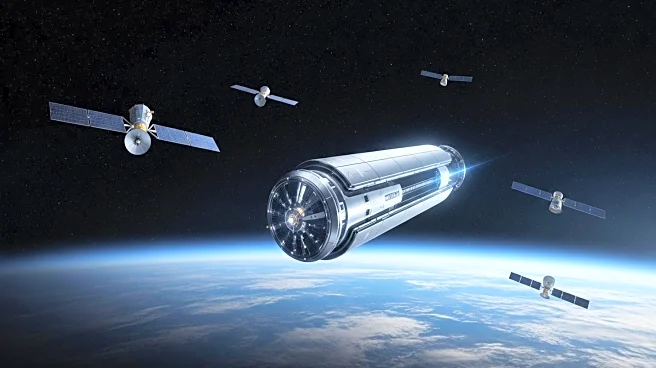What's Happening?
Astronomers initially identified a mysterious object as an asteroid, designated 2018 CN41, which was later discovered to be Elon Musk's Tesla Roadster. The Roadster was launched into space in 2018 aboard SpaceX's Falcon Heavy rocket and continues to orbit the Sun. This misclassification highlights the challenges in distinguishing between natural and man-made space objects. The incident underscores the need for advanced monitoring technologies and international collaboration in space surveillance.
Why It's Important?
The misidentification of the Tesla Roadster as an asteroid raises important questions about the accuracy of current space monitoring systems. As the number of artificial satellites and space debris increases, the challenge of correctly identifying objects becomes more complex. This incident highlights the need for improved detection and classification technologies to ensure accurate monitoring of space objects. The presence of man-made objects like the Tesla Roadster presents new challenges and opportunities for scientific study, prompting discussions about the ethical and environmental considerations of space exploration.
What's Next?
As space becomes more congested, the potential for misclassification grows, underscoring the need for enhanced detection capabilities and international collaboration in space surveillance efforts. Future advancements in monitoring technologies will be crucial for accurately distinguishing between natural and artificial objects in space.
Beyond the Headlines
The discovery of the Tesla Roadster as a supposed asteroid illustrates the intersection of human innovation and natural celestial phenomena. This blurring of boundaries raises important questions about the long-term impact of human presence in space and the role of private companies in shaping the future of cosmic endeavors.

